'Making a Murderer' Filmmakers, Prosecutor Respond to Claims of Evidence Left out of Netflix Documentary
"This is not a documentary at all," former prosecutor Ken Kratz said.
— -- The Netflix docu-series "Making a Murderer," the true-crime 10-part story about the murder trials of Steven Avery and his nephew Brendan Dassey and their legal battles, has become a national obsession after many viewers were left with more questions than answers.
MAJOR SPOILERS AHEAD: YOU HAVE BEEN WARNED!
Filmmakers Moira Demos and Laura Ricciardi spent 10 years working on the documentary starting in 2006 when they moved to Wisconsin to begin filming Avery’s trial for the murder of 25-year-old freelance photographer Teresa Halbach.
"We were there because we wanted to ask bigger questions about the system," Ricciardi told "Nightline."
The defense argued that the Manitowoc County Sheriff's department had it in for Avery and planted evidence to frame him, as well as Dassey's confession to the crime had been coerced. In 2007, both Avery and Dassey were convicted of murdering Halbach.
"What the question is, is he guilty beyond reasonable doubt? And is the process fair? Can we trust the verdict?" Demos said.
Former prosecutor Ken Kratz, now a defense attorney, handled Avery and Dassey's murder trials. He said he was unfairly painted as the villain in the documentary and he is still convinced Halbach's murderers are behind bars.
"This is not a documentary at all. It's still a defense advocacy piece," Kratz told "Nightline" "Their bias, their outcome, where they want the viewers to go with this, what they spoon feed the viewers, what they pick and choose by way of facts, what they leave out, importantly, causes only one reaction and only one conclusion: that Mr. Avery was innocent, and that he was the subject of planted evidence."
The filmmakers don't deny that they left certain things out of the documentary.
"It would be impossible for us to include all the evidence that was presented in the trial," Ricciardi said. "That's called a trial. What we made was a documentary."
Here is what Ken Kratz said were some pieces of evidence viewers didn't see in "Making a Murderer," and the filmmakers explained why that evidence wasn't included. Watch the full "Nightline" show about the "Making a Murderer" story TOMORROW at 12:35 a.m. ET on ABC.
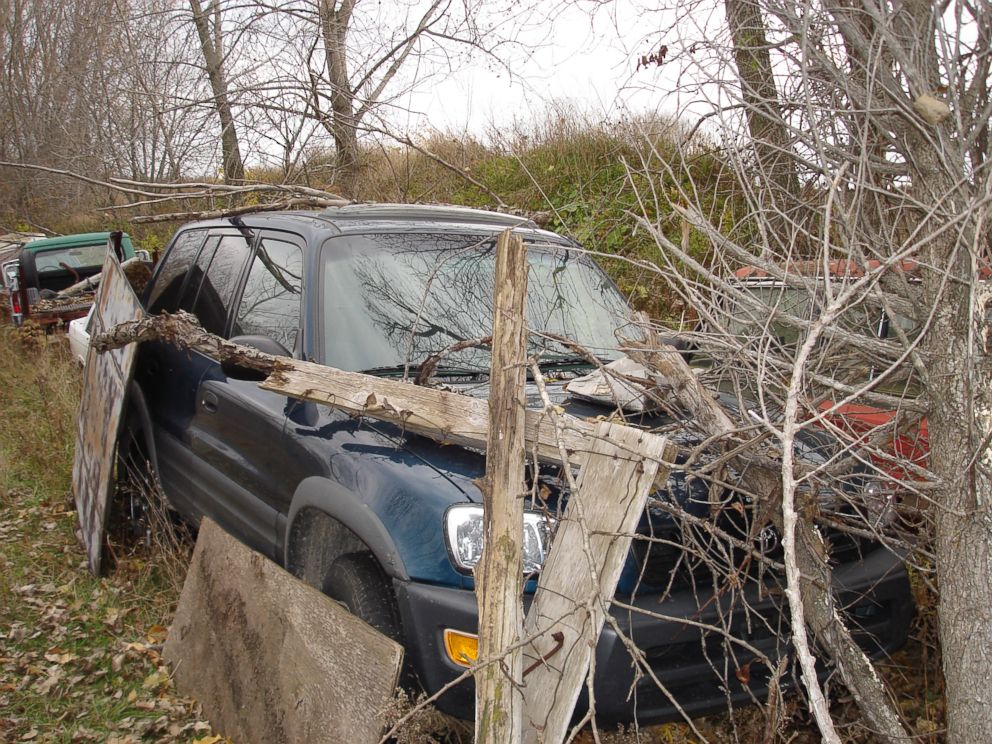
1. Kratz Says Steven Avery's DNA Was Found on Teresa Halbach's Rav-4 Hood Latch
In 2003, Avery was exonerated of a 1985 rape conviction with DNA evidence after spending 18 years in prison. Two years later, he was in the middle of a lawsuit against the Manitowoc County Sheriff's department when he was charged with Halbach's murder.
Her car was found on Avery's salvage yard with traces of Steven Avery's blood inside. The defense argued police had access to a vial of Avery's blood in evidence from his 1985 wrongful rape conviction and used that vial to plant his blood inside Halbach's car.
But Ken Kratz told "Nightline" that "non-blood DNA" evidence was also found on Halbach's car hood, something he said wasn't mentioned in the documentary.
"He stuck his sweaty hands underneath the hood and a full DNA-- non blood DNA profile -- was developed," Kratz said. "Why is that important? Because it's absolutely inconsistent with any kind of 'planting' defense… because you can't plant, first of all, sweat, all right? They didn't have a vial of sweat anywhere… How do you leave that out of the documentary?"
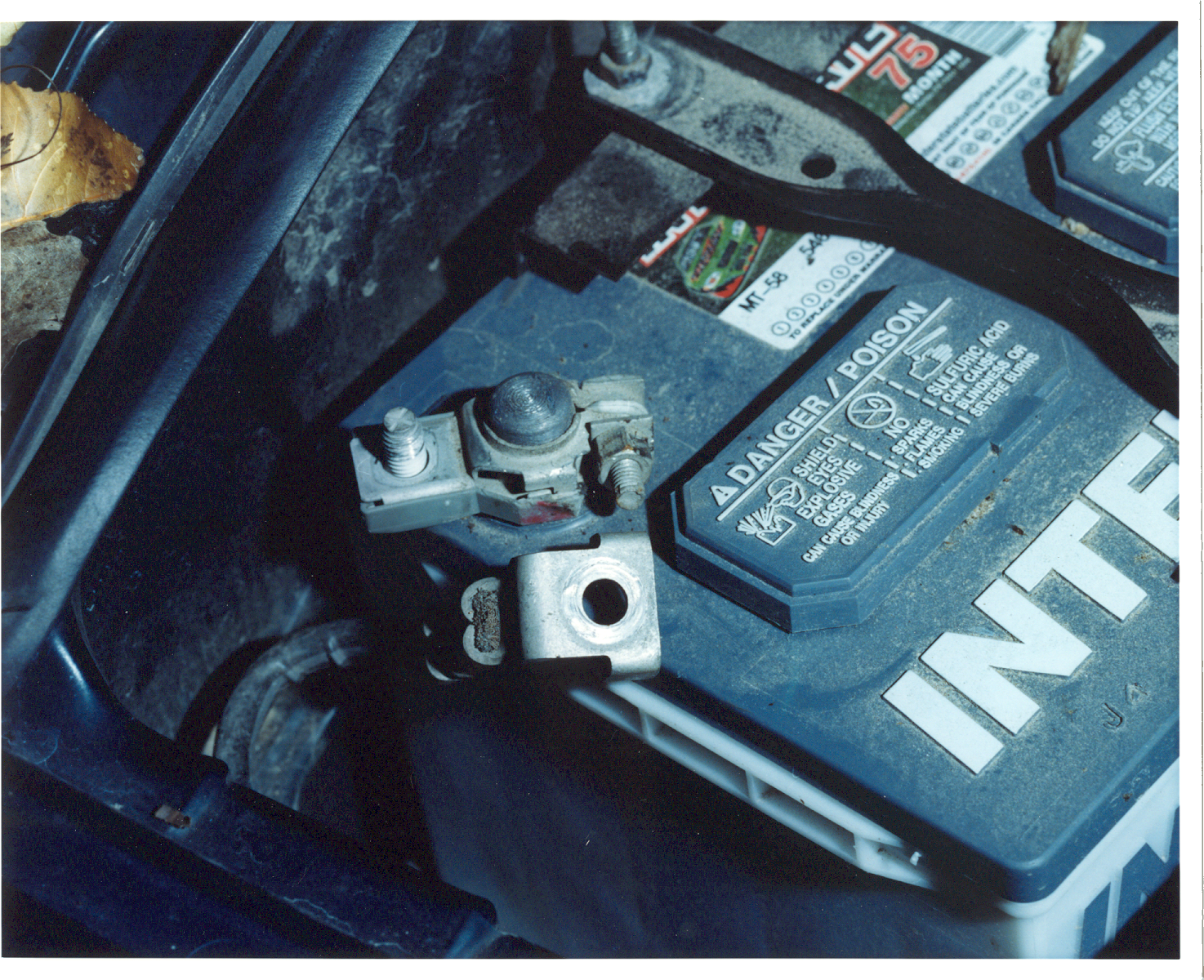
At trial, Avery's defense argued there was no proof it was DNA from sweat and that the police could have planted non-blood DNA from Avery's razor or his shoes, items that were available in his trailer, which police had access to for days.
"What comes out on the trial is there was no way of knowing what kind of DNA it is, and that the person who found the DNA had just been examining Steven's DNA in the car and had not changed his gloves," added Ricciardi. "It might have meaning it might not have meaning. It was certainly not the most damning evidence that Steven Avery had killed Teresa Halbach."
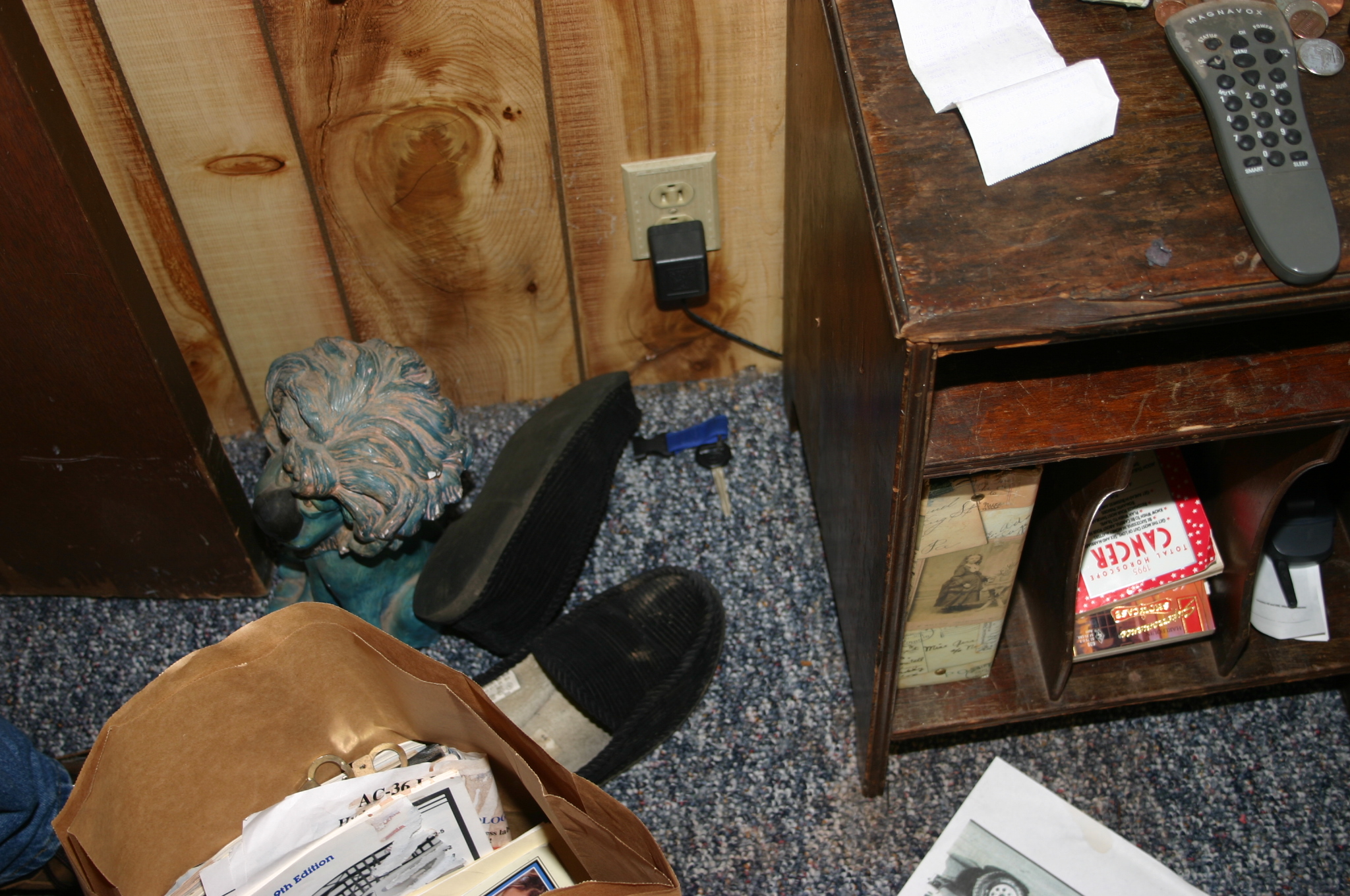
2. Kratz Says Look at the Nightstand Where Car Key Was Found
One big piece evidence found inside Avery's trailer was Halbach's car key, which a Manitowoc County officer found on the floor in Avery's bedroom after police had been searching Avery's trailer for several days.
Avery's lawsuit against the Manitowoc County Sheriff's department was still pending at the time he was being investigated for Halbach's murder, so officers from neighboring Calumet County were brought in to help search the Avery property, but Manitowoc County officers were also on the scene.
The documentary showed that the defense argued Manitowoc officers planted the key in Avery's trailer because it wasn't found until after a Manitowoc officer arrived and if the car key had been there the whole time, Calumet officers would have seen it.
But Kratz said what the documentary didn't show viewers was that the nightstand next to where the key was found had a large opening in the back where a car key could have been placed and the key could have fallen out days after the search began.
"There is this cabinet, this nightstand, that is seized that has about a three quarter inch gap in the back panel of it and the testimony at trial was that while moving or manipulating the cabinet… the key falls out the back of the cabinet through this gap and onto the floor," Kratz said. "So it isn't magic that this key ends up on the floor, it's gravity. And the jury was told that. You weren't shown the pictures, were you, of the cabinet, of the gap in the back of the cabinet? Why not? Why wasn't the audience explained what the jury got to see?"
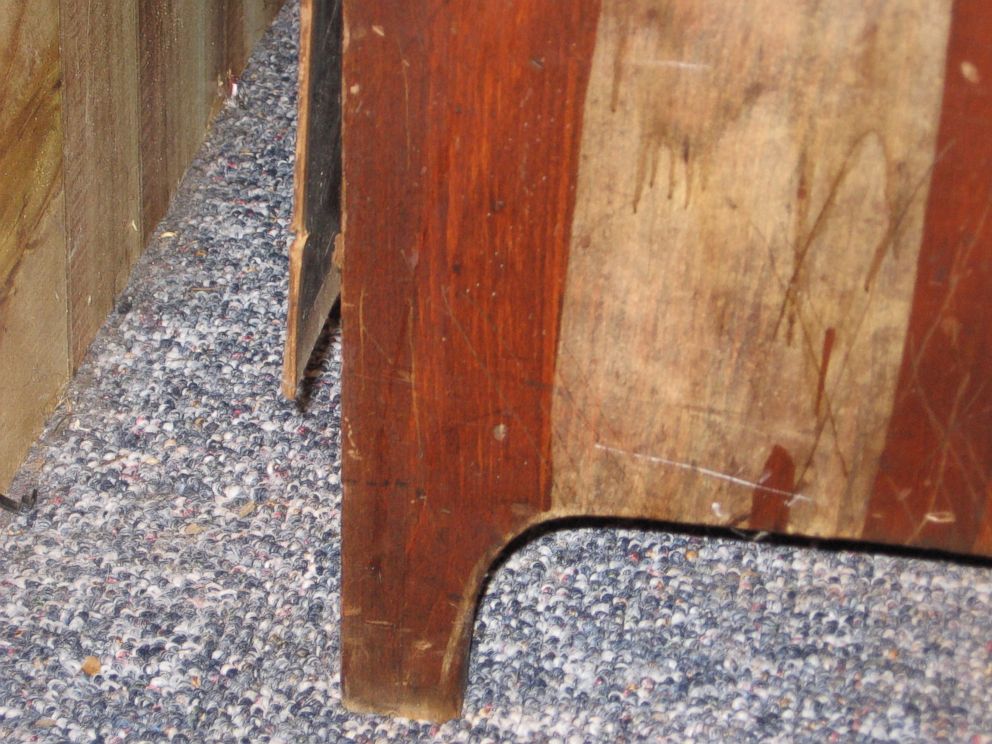
But the filmmakers adamantly deny that they told a one-sided story, and the evidence they chose to include was based on what they thought was the strongest evidence presented.
"This is all circumstantial evidence and we had to make editorial decisions about what the most significant evidence... Could just be a difference of opinions on what was and what wasn't significant," Ricciardi said.
"It's worth pointing out...that when you leave out the state's argument about a piece of evidence you are also leaving out the defense argument about a piece of evidence," Demos added. "So you are leaving out both sides about something."
3. Kratz Says Steven Avery Called Teresa Halbach's Office But Gave a Different Name, Number
When she went missing on Oct. 31, 2005, Teresa Halbach was working as a freelance photographer for AutoTrader magazine. She had been to the Avery property a few times before to take photos of cars they were selling in the magazine.
According to Kratz, the most damning omission from the documentary was the fact that Avery made a series of calls to Halbach on the day she went missing, using the *67 feature that blocks a caller's identity, and that he had also called her office to specifically request her to come out to photograph a van he was selling. Kratz argued that Avery didn't leave his name and number, but he left his sister's instead.
"Steven Avery did not just come upon Teresa Halbach by accident, he targeted her," Kratz said. "He called the AutoTrader Magazine and asked for that same girl to come on the 31st of October that had been there at least six times prior. He gave a different phone number, used his sister's name."
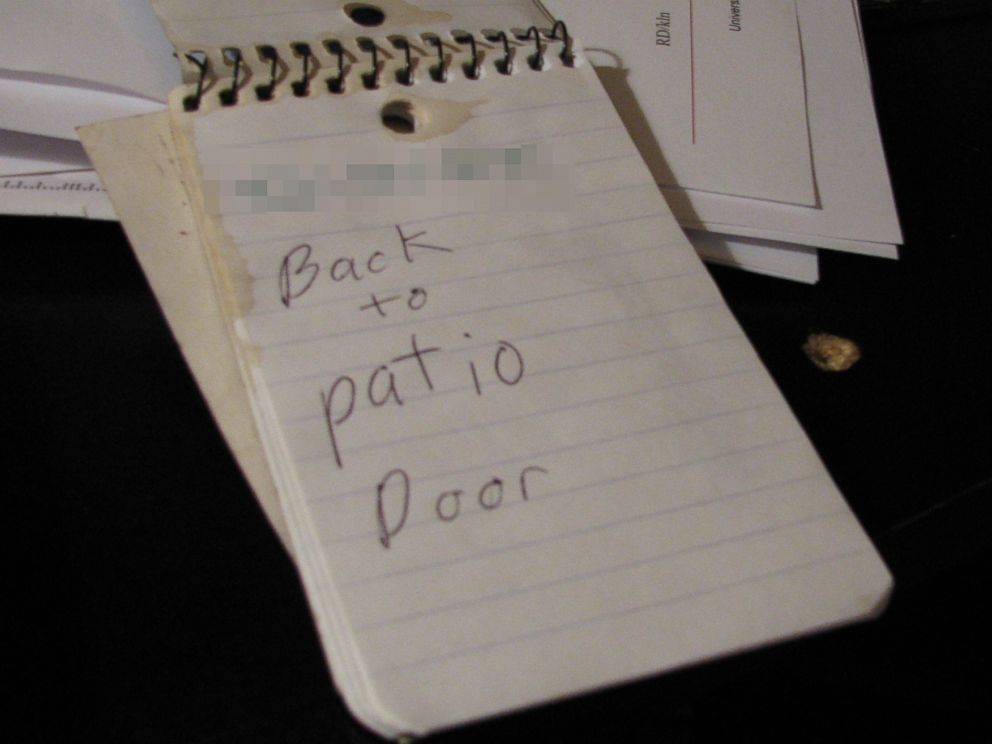
But the filmmakers said that seemed strange because they said if Avery wanted to kill Halbach, why would he call AutoTrader himself to book the photography appointment?
"The defense evidence in respect to this question was why on earth would he leave a trail directly to himself by calling and making an appointment with AutoTrader magazine if this was premeditated, as the state was asserting, and then kill this woman?" Ricciardi said. "He could have called her. He could have use the *67 feature the entire time and it wouldn't have been trailed to him. But that's a really long explanation of something that Kratz himself later said he presented as circumstantial forensics science case, and that's what we are trying to show in the documentary. He did not have direct evidence of Steven Avery's guilt."
But Kratz waved off that argument, maintaining that Avery made "some incredibly short-sighted decisions" that day.
"He called and requested her because he wanted Teresa Halbach there," Kratz said. "He didn't just want some girl there… He didn't leave his number, or his name and so he believed, at least my theory is, that using a different name and a different phone number was good enough."
4. Kratz Says Steven Avery 'Bragged About Wanting to Kill and Torture Young Women'
Another piece of evidence Kratz criticizes the filmmakers for leaving out is that when Avery was in prison, Kratz said he "bragged about wanting to kill and torture young women and to rape them when he got out of prison."
"He drew a diagram of a torture chamber [that] was shown to other inmates," Kratz said. "None of that was apparently important enough for the documentarians to share with the viewers."
Ricciardi said they knew about the "torture chamber," but it was never admitted at trial and they questioned its authenticity.
"What we know about the torture chamber, or so-called torture chamber, is this was evidence Ken Kratz wanted to offer that came from former 'cellies' of Steven Avery and it was essentially snitch evidence," she said. "I don't think anyone had a copy of these drawings or who on earth would hold on to a drawing like that? So it really was the word [of] the snitches -- I think there were two of them who gave statements of this effect but the evidence was never admitted at trial."
Kratz also conceded to "Nightline" that he "can't remember if there was an actual drawing."